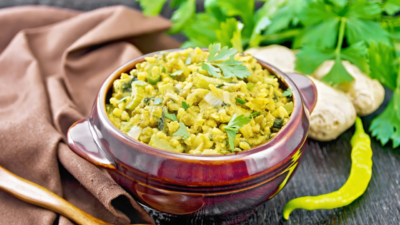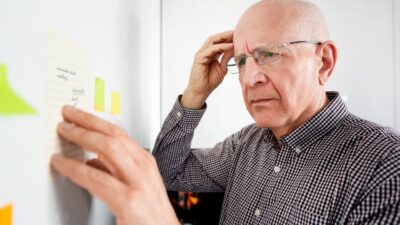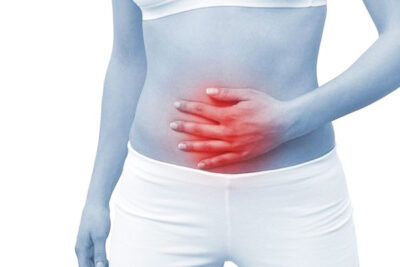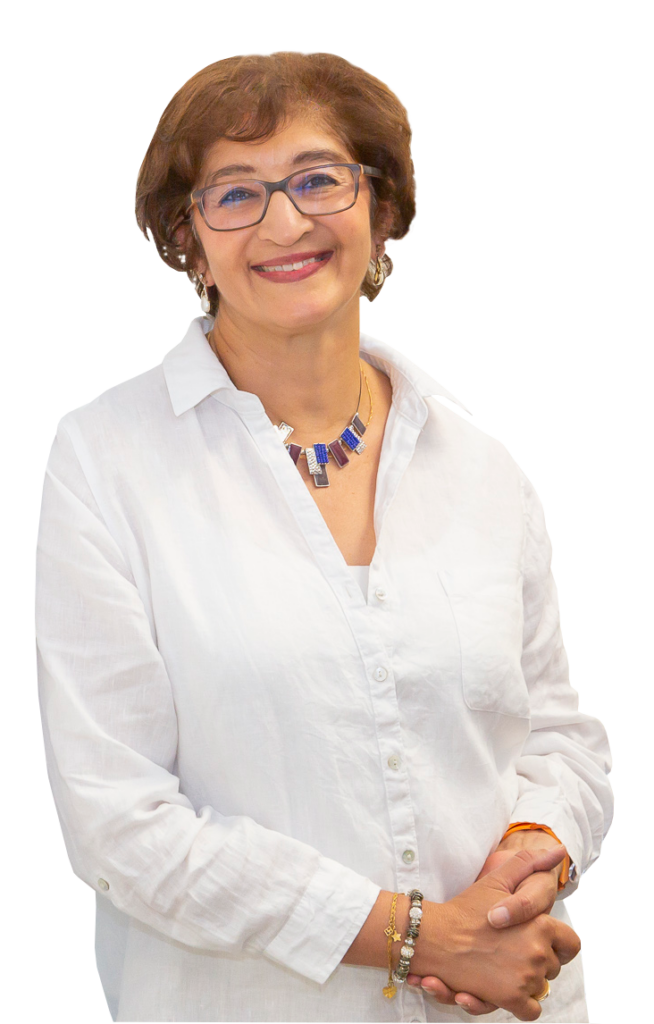
Ancient Ayurveda Recipes for Healthy Living
by Vanita Dahia What did our ancestors eat? One ancient

by Vanita Dahia
As a man ages, he goes through lots of changes called andropause pretty much what women go through in menopause. About 30% of men in their 50’s experience andropause. In Australia, about 1 in every 200 men under the age of 60 and about 1 in every 10 men over 60 have low testosterone. At the age of 59, a mans estrogen can match that of a female.
Andropause is a condition of androgen deficiency in the ageing male (ADAM), relating to a decline of androgens or male hormones, namely testosterone and dehydroepiandrosterone DHEA.
Depletion of these male hormones lead to symptoms of andropause.
Testosterone depletion can start from late 30’s and progress with approximately a 10% decline
every decade after the age of 30. Excessive weight gain, stress, lack of exercise, and many medications can further contribute a decline in Testosterine manufacture in a man leading to even lower testosterone levels and manifest as symptoms of andropause.
Symptoms of androgen deficiency and low testosterone levelsare used to establish a diagnosis of hypogonadism.
Depletion is testosterone will raise sex hormone binding globulin (SHBG) levels. The consequences of lowered hormone levels are associated with a decrease in Leydig cells (cells within the testicle that secrete testosterone).
Testosterone in particular has a greater tendency to convert to estrogens, predominantly female hormones which is associated with weight gain and grumpiness. Premature andropause can occur in males who experience excessive female hormone stimulation through exposure to oestrogen or xenoestrogens.
Xenoestrogen exposure is pervasive and affects males world-wide. Low sperm count and quality are also attributed to xenoestrogen exposure. Xenoestrogens are found in plastics, near incinerators, and on farms that use pesticides. These are males who are at high risk for early andropause. Testosterone is responsible for hair loss and thinning of the hair and also involved in hirsutism ( facial or body hair growth)
Andropause can be enhanced if men experience:
Factors that can hasten the decline in testosterone and worsen the symptoms experienced include:
Testosterone supplementation is NOT the answer as it may be a limited benefit unless the cause is established. Testosterone depletes as a result of underlying drivers.
Stress
The Body’s response to stress is the release of Cortisol which regulates the “fight and fright” response which drives down the production of Testosterone. Managing stress and adrenal fatigue is paramount to addressing andropause. This highlights the need to measure adrenal and male hormones simultaneously.
BPH and Prostate Cancer
Whist we are aware that Testosterone therapy does not cause benign prostatic hypertrophy (BPH) or prostate cancer, it may have the potential to exacerbate a problem that is already present. Aromatase enzyme activity which is reponsible for conversion of Testosterone to Estrogens may exacerbate prostate gland growth or tumor growth. Estrogens can play a beneficial role or an adverse role depending on the conversion. (1)
Male patterned Baldness and Dihydro Testosterone (DHT)
Testosterone’s role on the prostate gland is governed by its metabolite, DHT which is produced from testosterone by effects on the prostate are mediated by 5-alpha reductase which has activity on the prostate, hair and skin.
A dominant 5-alpha reductase activity will deplete Testosterone and raise DHT leading to male patterned baldness, prostate enlargement and dry or wrinkled skin.(2)
Man Boobs and Estrogens
Elevations in Estradiol (E2), a predominantly female hormone increases in men with age due to aromatase activity. Estradiol leads to feminisation of males, seen as gynocomastia (man boobs) and BPH seen as increased frequency of urination. Estradiol suppresses testosterone receptors in target tissues leading to Estrogen dominanace in males typically seen as “grumpy man syndrome”. Estrogens in men constribute to weight gain, and muscle breakdown.
Sex Hormone Binding Globulin (SHBG)
Rising estradiol levels also cause the liver to produce more SHBG, which has a greater affinity for testosterone than estradiol. This in turn further supresses circulating free testosterone.
Progesterone
Progesterone acts as an anti-estrogen to mainatin balance in a woman. Progesterone has been used as a mild antiandrogen in BPH and to reduce male pattern baldness. Progesterone competes with Testosterone and DHT for androgen receptors.
PSA
Proste Specific Antigen (PSA) is used to measure the health of prostate and presence of prostate cancer. Prostate cells produce PSA as they proliferate which in turn suppress angiogenesis and reduce blood supply to the surrounding tissue to preven cells from proliferating. If growth is rapid, PSA level rise. It is for this reason, check testosterone and PSA levels.
Testosterone balance should ensure optimal levels are reach if deficient and cleared via metabolism if excessive. Androgen balance is aimed at supporting healthy testosterone metabolism and balance and healthy blood sugar levels and glucose disposal.
Improve Metabolism of Testosterone with:
Liquorice and white peony are aromatase stimulators. Aromatase is responsible for converting testosterone to oestrogen.
Liquorice blocks the activity of enzymes involved in androgen synthesis and the active components of peony antagonise androgen receptors, resulting in an anti-androgenic effect.
Inositol is required for healthy glucose disposal as it is converted to D-chiro-inositol, a second messenger associated with healthy glucose uptake, in healthy people.
Chromium and Vanadium also maintains healthy blood glucose levels by augmenting insulin-dependent GLUT4 membrane translocation thereby aiding the transport of glucose into cells.
Elevations in androgens is associated with abdominal adiposity or the belly fat pad.
Though unrelated to men, Inositol has been shown to assist women with hormone-mediated hair growth. A clinical trial on 46 female subjects with mild to moderate hirsutism showed that when they took 2.0 g inositol plus 200 μg folic acid, twice daily, there was a significant reduction in hirsutism and testosterone
Support healthy Androgen levels to improve sexual function, sexual desire, restore and build vitality.
Supplementation of testosterone orally or by injection required a Drs prescription.
Tribulus has been shown in animal studies to increase androgen levels which influence nitric oxide and nitric oxide synthase in the brain. Nitric oxide is present in the regions of the brain that regulate sexual function. Tribulus terrestris (puncture vine) fruit is used in traditional Chinese and Ayurvedic medicine
as a tonic which increases virility, fertility and sperm production, and rejuvenates the
reproductive system. It is used in impotence and is an aphrodisiac.
Turnera diffusa (damiana) leaf is used in both traditional Western and Mexican medicine for
sexual inadequacy, sexual anxiety, impotence, and as an aphrodisiac and invigorator.
Epimedium sagittatum (horny goat weed) herb is used traditionally for impotence, as an
aphrodisiac and to enhance sperm production.
Nelumbo nucifera (lotus, also known as Nelumbium speciosum) seed has its history of use in
Ayurvedic medicine where it is used as an aphrodisiac and reproductive tonic for men. It is also
used in the female for promotion and fertility.
Lotus seed has also been traditionally used in Ayurvedic medicine as a reproductive tonic to increase arousal and intensify sexual desire.
Zinc assists healthy reproductive function in men by playing a role in the metabolism of androgen hormones.
Androgen status can be measured in a urine, saliva or blood sample.
To get a complete understanding of Male Hormones, do not measure Testosterone only.
Measure Male hormones and its metabolites together with its drivers via a saliva, blood or urine sample.
Hormones recommended to measure for Andropuse or ADAM are:
SHBG, Testosterone, calculated free Testosterone, Estradiol, Estrone, Estriol,16-OHE1, Pregnanediol, Allopregnanolone, Testosterone, Epi-Testosterone, 5-DHT,Androstenedione, DHEA,5,3-Androstanediol, Total Cortisol, Total Cortisone, Tetrahydrocortisol, Tetrahydrocortisone
For further information, please contact us or consult with us.
Check your Male Hormone Status with ADAM Questionnaire

by Vanita Dahia What did our ancestors eat? One ancient

Have you ever heard of anyone preventing their memory decline

How to Stop Indigestion and Acid Reflux by Vanita Dahia

Copyright © Vanita Dahia 2025. All rights reserved.